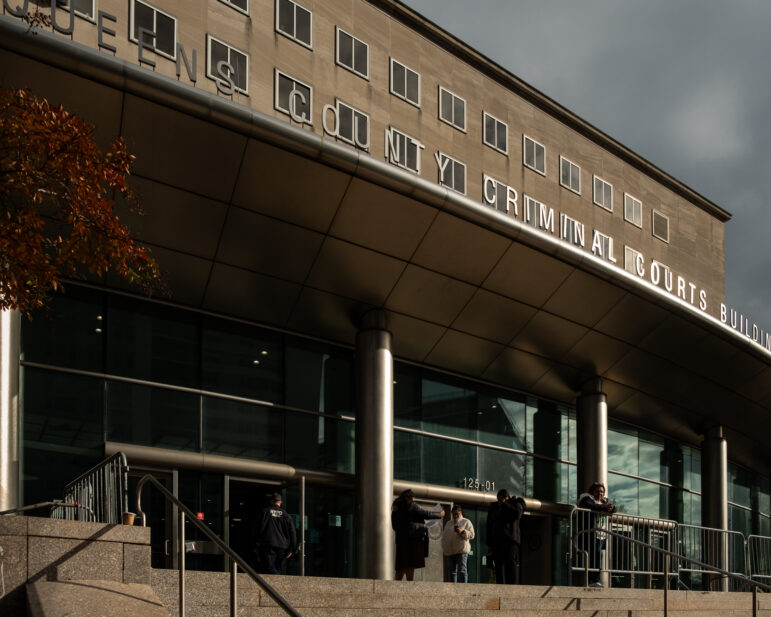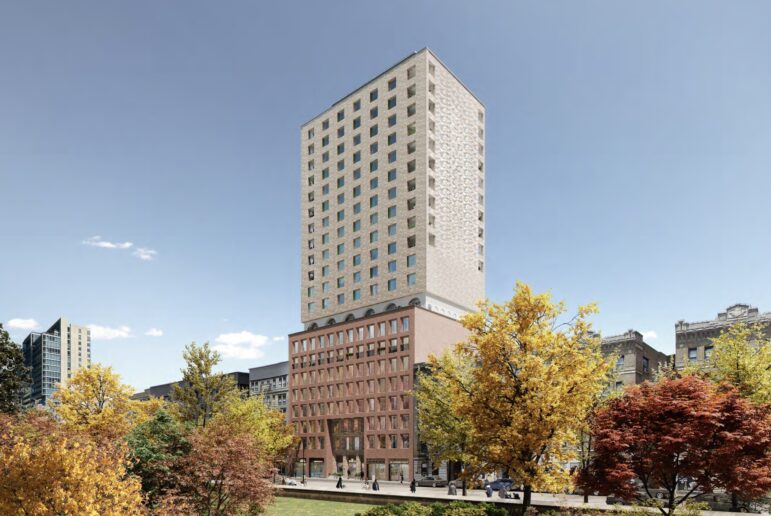
Photo by: NYSDOL data/Murphy
Five years and counting after the Great Recession, the recovery of the U.S. economy is beginning to gain traction.
The past 12 months have been characterized by acceleration in consumer spending, more robust investment plans by firms, and a nascent recovery in the housing market. On the face of it, the labor market has also picked up, with the national unemployment rate falling briskly and new jobs being created at a much faster rate than over previous years. New York’s local labor market has also recovered, with the number of jobs having already matched the pre-financial crisis level.
However, notwithstanding this progress, the extent to which labor markets have emerged unscathed from the Great Recession is a hotly-debated topic and is a key factor in the broader economic recovery. So much so that the labor market was chosen as the central theme at the Federal Reserve’s annual symposium of central bankers, policymakers, academics and economists in Jackson Hole, WY, in August. A prominent motif among the research presented at the symposium was whether the Great Recession caused permanent damage to the functioning and dynamism of the labor market.
Does that fear apply to New York City’s job market? Is there any basis to it?
In our view, while the New York labor market has weathered the effects of the Great Recession relatively well compared to the rest of the country, it currently faces several substantial challenges. One is that there is evidence that the dynamism of the job market is decreasing, particularly for youths. Another concern: though unemployment has fallen, the spike in unemployment during the recession could have a hangover effort. Finally, it’s worrisome that the types of jobs available in the city are increasingly polarized at the low- and high-skill end of the spectrum, at the expense of the mid-skill level jobs.
The first cause for concern is cited in a paper by Steven Davis and John Haltiwanger, professors at the Universities of Chicago and Maryland, respectively, which is that labor market ‘fluidity’ has been declining over time. That is to say, new jobs being created by firms, existing jobs being destroyed and the cycling of workers between jobs are all more sluggish than they used to be and, to be sure, have not recovered from large declines during the Great Recession. Lower fluidity, in turn, signifies a less dynamic labor market and can ultimately lead to lower rates of employment.
This phenomenon is particularly pronounced for younger workers who switch jobs relatively frequently and who have experienced a dramatic reduction in reallocation rates. According to Davis and Haltiwanger, for every 10 workers between the ages of 19-24 about seven switch jobs every year, down from 10 in the late 1990s. While job-switching hasn’t stagnated as much in New York as in some other places around the country, the rate at which young people separate from employment here has been decreasing steadily for over a decade, suggesting that those workers’ ability to find desirable new employment opportunities has been diminishing. It may also be a contributing factor behind the persistently elevated unemployment rates for younger workers in New York City.
Perhaps even more worrying is the effect of higher youth unemployment for the future prospects of those workers. Without gaining early work experience, students and other younger workers are put at a long-term disadvantage when it comes to successfully securing future opportunities. While they may be able to eventually find entry-level work, their ability to move on to better employment opportunities in the future could be hindered by their relatively low levels of experience.
The persistence of bad employment outcomes was discussed in a Jackson Hole paper by Jae Song and Till von Wachter, of the Social Security Administration and University of California Los Angeles, respectively. They find that workers displaced from stable jobs during recessions tend to experience permanent declines in employment. While their results do not indicate that the Great Recession was exceptional in this regard, they serve as a cautionary tale that sudden disengagement from the labor force can have meaningful effects over very long periods of time.
In New York City’s labor market, it does indeed appear that recessions have long-lasting effects on unemployment. This phenomenon is illustrated by the fact that following recessions, unemployment rates in the five boroughs have tended to remain elevated for long periods of time before reverting to more normal levels. These long cycles are more pronounced in New York City than for the national unemployment rate and are still in the process of returning to those more normal levels.
Data: NYC’s Employment Situation
Finally, in addition to changes in the number of jobs, there is also compelling evidence that the types of jobs in the U.S. and New York economies have been evolving over time. At Jackson Hole, David Autor, a professor at MIT, discussed the extent to which new technology can substitute for human labor. His work links technological change to a labor market phenomenon called job polarization, or the simultaneous growth of high-education, high-wage jobs and low-education, low-wage jobs. It turns out that the tasks that are the hardest to substitute with automated technology tend to be at polar opposite ends of the skill distribution – on one hand, tasks like haircuts, janitorial work and food preparation and on the other, professional, managerial and technical occupations. Therefore, technological innovation tends to promote employment at those extremes.
In New York, the trend of job polarization has been ongoing for some time and appears to have been exacerbated by the Great Recession. According to a presentation earlier this year by Jaison Abel, a senior economist at the New York Fed, the number of both higher- and lower-skill jobs in downstate New York was up almost 9 percent between 2010 and 2013. Over that same period, the number of middle skill jobs was basically unchanged, indicating that job opportunities in the middle portion of the skill (and pay) distribution continue to shrink.
Combining these three trends in the labor market paints a picture of looming challenges facing younger and middle-skilled workers in the New York City area. While the local labor market has done better than others around the country, the forces of slowing labor market dynamism and job polarization, compounded by the Great Recession, are making it more complicated to progress on a desirable long-term career path.
Lessons from Jackson Hole in this regard include the importance of gaining early work experience and moving as high up on the skill ladder as possible.
On a positive note, local initiatives to promote these goals have been expanding, including the Citi Foundation’s $50 million Pathways to Progress initiative launched earlier this year. Pathways to Progress brings together mayors from across the country and leading national partners to foster civic engagement, summer jobs, entrepreneurship, and mentorship opportunities.
Additional public programs like New York City’s Summer Youth Employment Program, which provides youth between the ages of 14-24 with six-week paid summer employment opportunities, also help to promote these goals from a public angle.
These programs are essential to bringing capital and logistical support to the mission of maximizing educational and employment opportunities early on in people’s lives.







